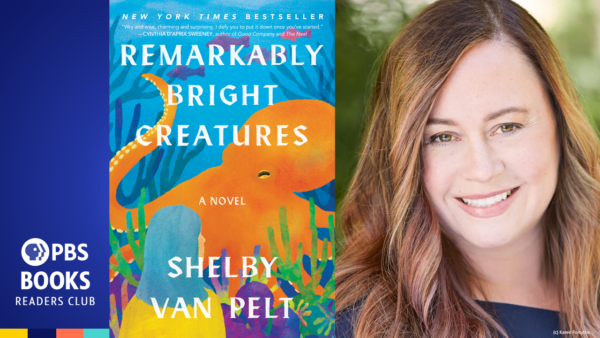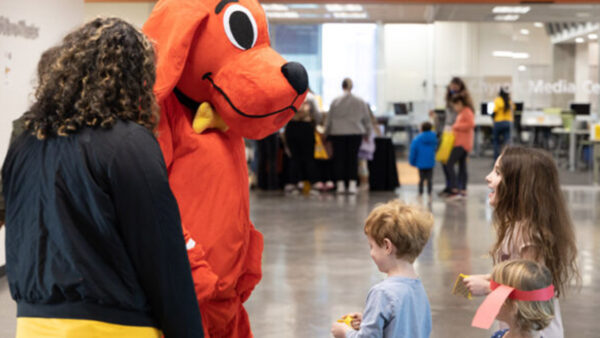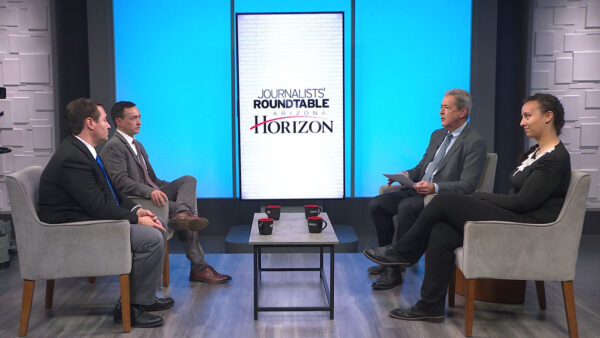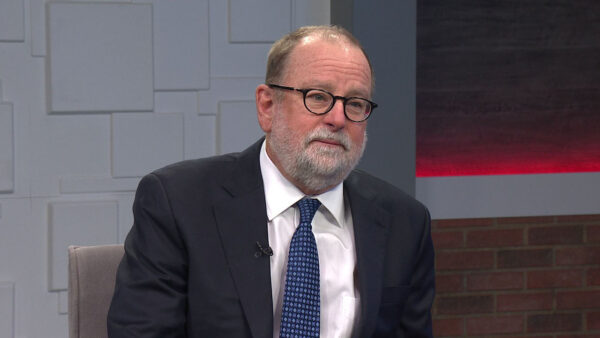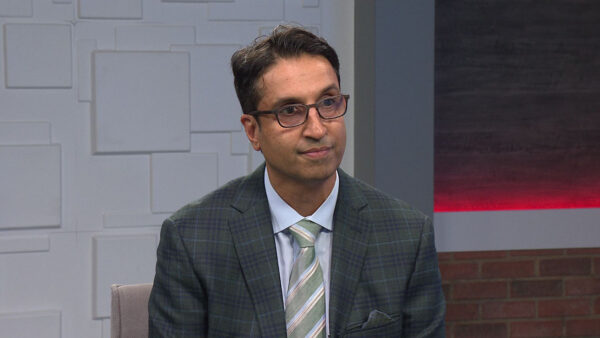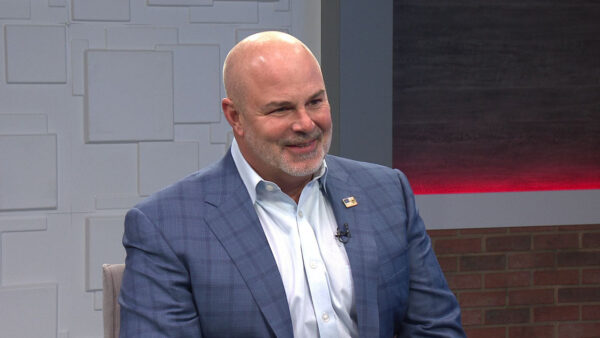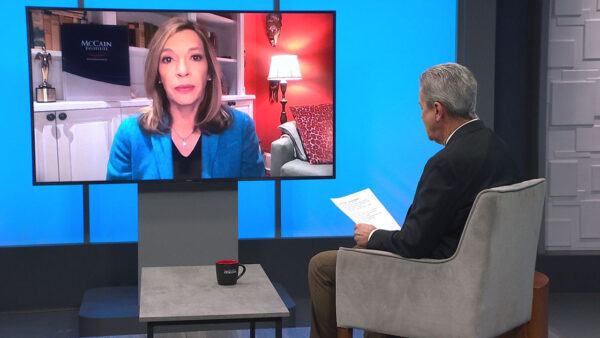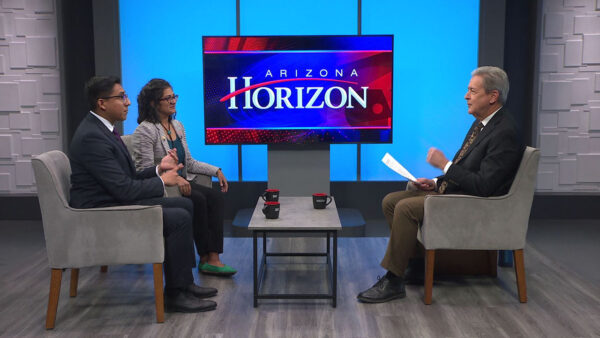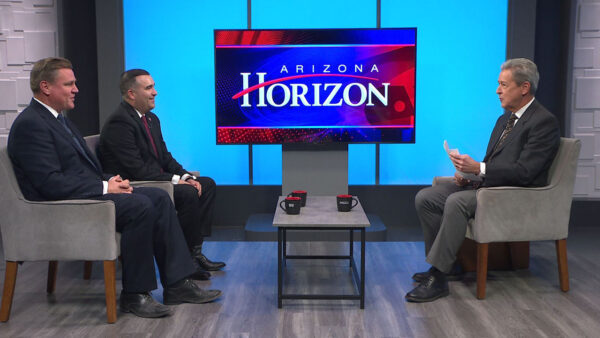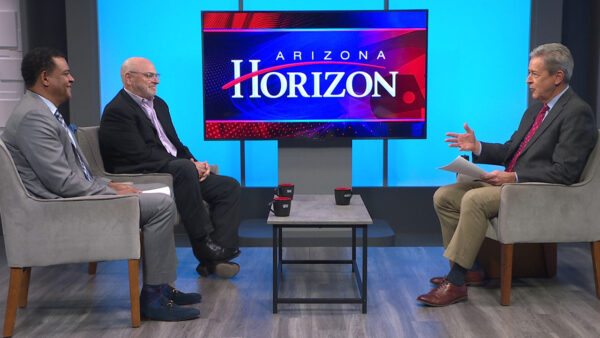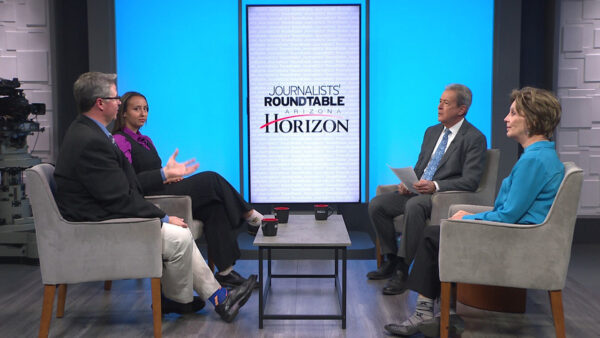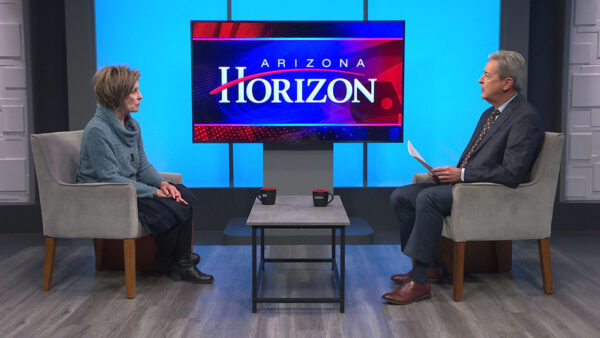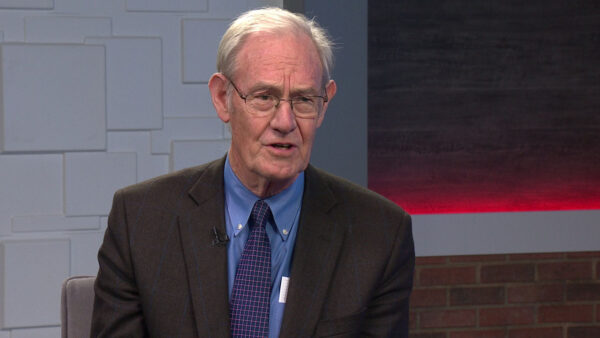Arizona State and EPIXC joint projects aimed at reducing CO2 emissions
Oct. 31, 2024
An Arizona State University-led initiative aimed at reducing carbon dioxide emissions in manufacturing has announced its first projects toward decarbonizing the American industry. In partnership with the United States Department of Energy, five jumpstart projects have been selected to advance the reduction of manufacturing carbon dioxide emissions by up to 60 million metric tons over the next 15 years.
Sridhar Seetharaman, CEO of EPIXC, joined “Arizona Horizon” to discuss the initiative and the integration of new technologies and processes into existing facilities designed around fossil fuel heating.
Collectively, these projects represent $11.8 million in total investment. The projects’ research will be executed at Arizona State University, Missouri University of Science and Technology, Texas A&M University and the University of Texas at Austin.
The two projects Arizona State University is involved in are Greener Cement and decarbonizing steel and iron.
“Industry in the U.S. emits today about 30% of all greenhouse gas emissions of the nation,” Seetharaman said. “So out of that 30%, the majority is just heating stuff up. Whether you’re baking bread or smelting iron steel, it’s just burning of fossil fuels to reach the temperature you need to reach. We’re looking to replace all of that with electric heating technologies to pretty much eliminate the greenhouse gas emissions used in all the manufacturing for those sectors.”
The cement industry is one of the largest CO2-emitting industries, representing about 8% of global emissions. The Greener Cement project aims to lessen emissions by creating a specialized kiln used to heat cement during production. This could reduce emissions from the cement industry by over 70%.
The production of steel and iron requires a lot of heat, making it challenging to decarbonize the industry. The steel and iron industry contributes to 2.6 gigatons of greenhouse gases each year. Generated by heating applications during production, this case study will assess converting these to electrical heating, outline an electrification roadmap, evaluate industry impact and estimate greenhouse gas reductions.

